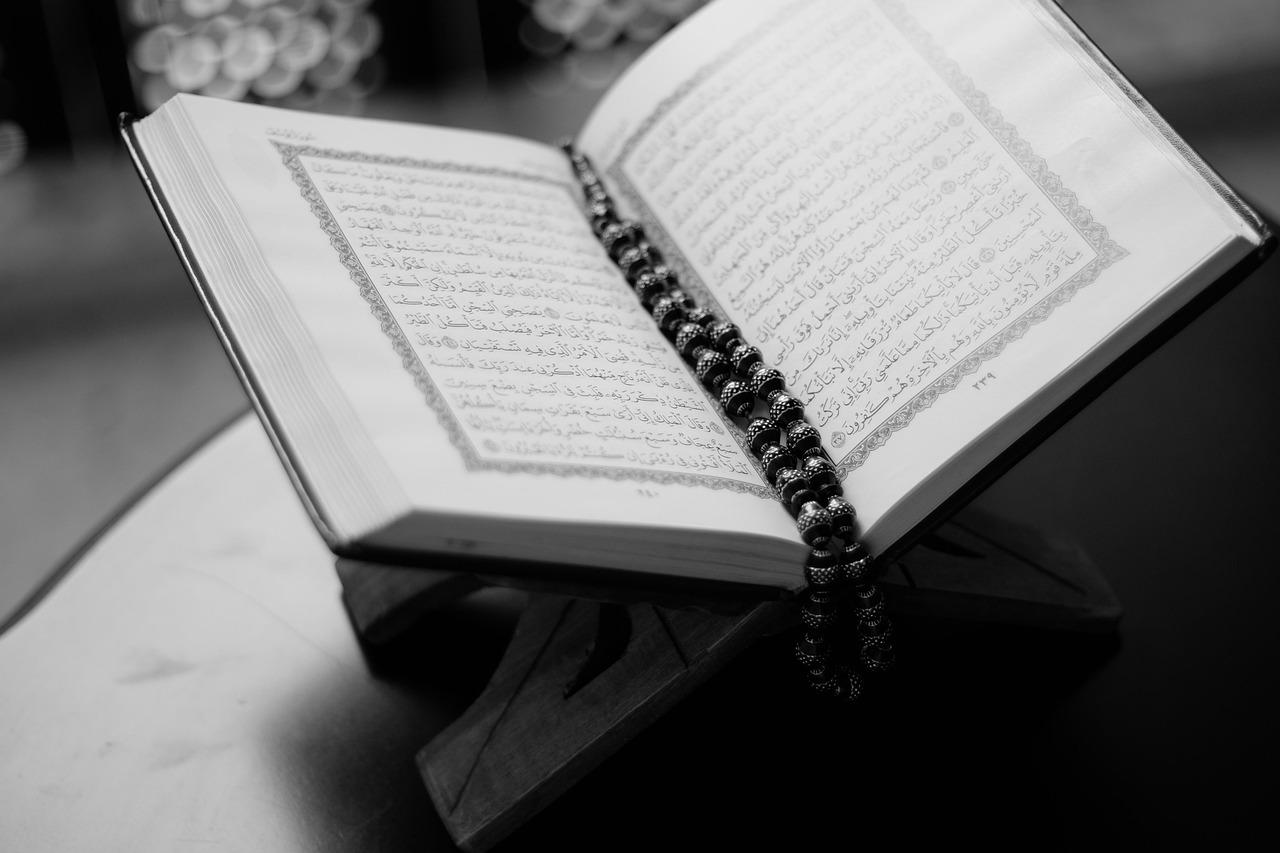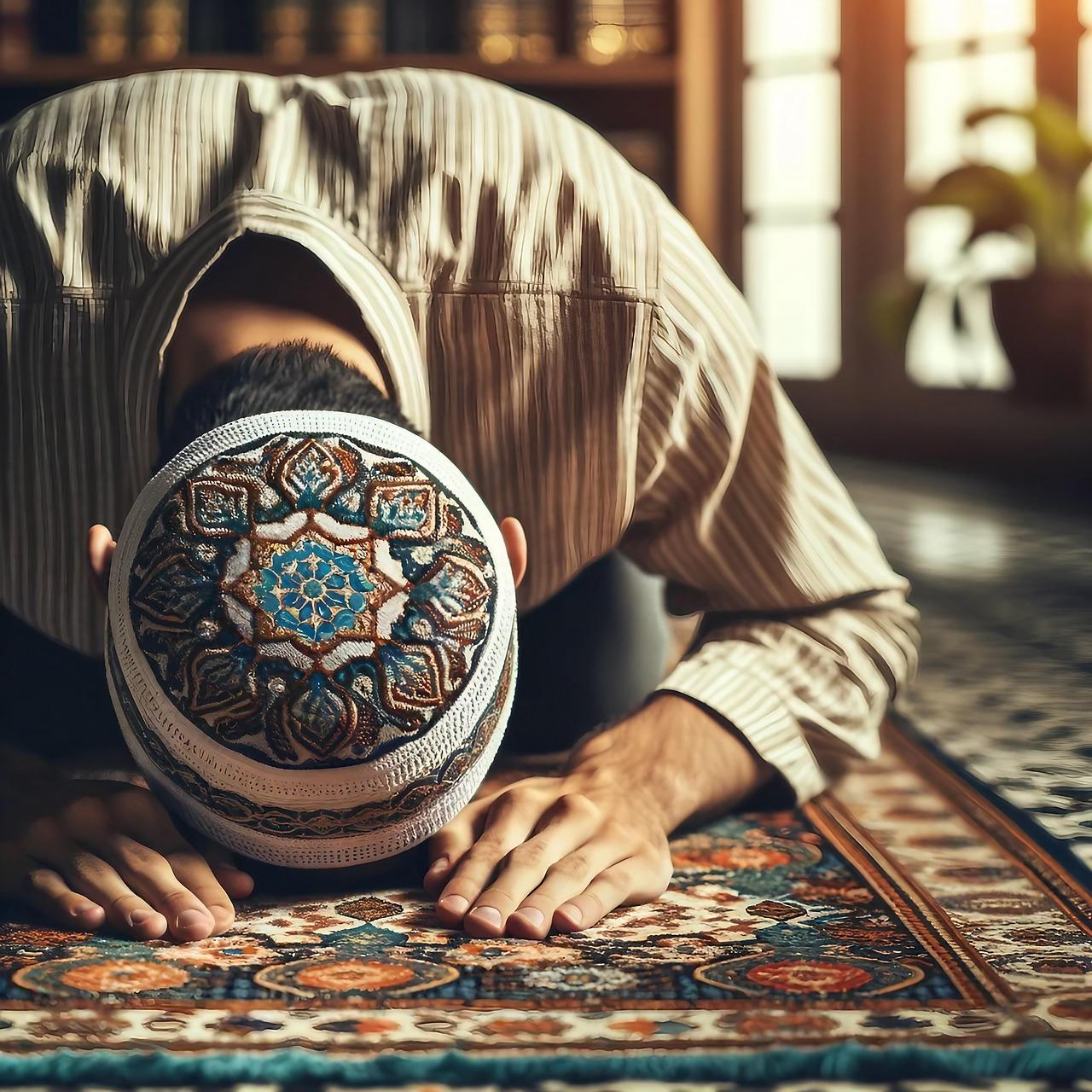
03 May, 2025
Among the most spiritually uplifting acts of worship in Islam is Qiyam al Layl, also known as the night prayer. It is a form of voluntary worship that connects a believer to Allah in the stillness of the night, away from distractions and worldly concerns.
In this article from Itqan Academy, we explore the qiyam al layl meaning, how to perform it, the best dua for qiyam al layl, and clarify the difference between qiyam al layl and tahajjud. Whether you are just starting your journey with night prayer or looking to deepen your practice, this guide is for you.

Qiyam al layl literally means "standing at night" in Arabic. In Islamic practice, it refers to voluntary prayers offered at night, after the obligatory `Isha prayer and before Fajr.
The qiyam al layl meaning goes beyond just standing in prayer—it encompasses all acts of worship done at night including:
-
Recitation of the Qur’an
-
Supplication (Dua)
-
Remembering Allah (Dhikr)
-
Reflection and seeking forgiveness
This night worship was a constant habit of the Prophet Muhammad ﷺ and is highly encouraged for those seeking closeness to Allah.
“Their sides forsake their beds, they call upon their Lord in fear and hope…”
(Qur’an 32:16)

The merits of qiyam al layl are immense and well-documented in both the Qur’an and Sunnah. Some of its spiritual benefits include:
-
It draws the believer closer to Allah.
-
It is a shield from sins and a source of forgiveness.
-
It strengthens one's iman (faith) and discipline.
-
It is a sign of sincerity and true devotion.
The Prophet ﷺ said:
"The best prayer after the obligatory prayers is the night prayer (Qiyam al-Layl)."
(Sahih Muslim)
If you're wondering how to perform qiyam al layl, know that the prayer is flexible and can be offered in various ways, depending on one’s capacity.
Step-by-Step Guide on How to Pray Qiyam al Layl:
-
Intention (Niyyah)
-
No verbal declaration is required. Just a sincere intention in the heart.
-
-
Timing
-
Anytime after `Isha and before Fajr.
-
The last third of the night is the most virtuous time.
-
-
Number of Rak’ahs
-
Minimum: Two rak’ahs
-
Common practice: 8 rak’ahs followed by 3 rak’ahs of Witr.
-
No fixed maximum, but the Prophet ﷺ would often pray 11–13 rak’ahs.
-
-
Length and Recitation
-
Recite long portions of the Qur’an if possible.
-
Recitation can be in a slow and reflective tone.
-
-
Dua and Reflection
-
Make heartfelt dua for qiyam al layl in sujood and after prayer.
-
Seek forgiveness, guidance, and mercy.
-
Making dua during qiyam al layl is especially powerful. The Prophet ﷺ would often weep during his night prayers while making supplications.
Here’s a beautiful and comprehensive dua qiyam al layl from the Sunnah:
اللَّهُمَّ لكَ الحَمْدُ، أنْتَ نُورُ السَّمَاوَاتِ والأرْضِ…
“O Allah, to You belongs all praise. You are the Light of the heavens and the earth…”
(Sahih al-Bukhari)
Other meaningful du’as include:
-
Asking for forgiveness (Istighfar)
-
Praying for your family, ummah, and personal goals
-
Sending salawat upon the Prophet ﷺ

Though the entire night is suitable for qiyam al layl, the last third of the night is the most spiritually significant.
The Prophet ﷺ said:
“Our Lord descends to the lowest heaven during the last third of every night… and says: ‘Who is calling upon Me, that I may answer him?’”
(Sahih al-Bukhari)
This time is an opportunity not to be missed, especially during Ramadan, the last ten nights, and any time of personal need or gratitude.
Many people ask about the difference between qiyam al layl and tahajjud. Here’s a clear distinction:
| Aspect | Qiyam al Layl | Tahajjud |
|---|---|---|
| Timing | Any time after Isha and before Fajr | Specifically after sleeping at night |
| Requirement of Sleep | Not necessary | Must be preceded by sleep |
| Type of Prayer | General night prayer | A specific form of night prayer |
So, all Tahajjud is Qiyam al Layl, but not all Qiyam al Layl is Tahajjud.
-
Start small: Begin with 2 rak’ahs and increase gradually.
-
Go to bed early to wake up before Fajr.
-
Make wudu as it refreshes the body and soul.
-
Limit distractions—turn off notifications and lights.
-
Invite your family to join you occasionally.
-
Remember the reward—eternal joy is worth the sacrifice.
Even if performed occasionally, qiyam al layl has a transformative impact on your relationship with Allah and your sense of purpose. You don’t have to be a scholar or imam to stand in the night. Every sincere believer is welcome to knock on the door of divine mercy.
At Itqan Academy, we encourage all Muslims—young and old—to develop a deeper connection with their Creator through night prayer, reflection, and authentic Islamic learning.
Q1: What is the meaning of qiyam al layl?
A: It means "standing at night" and refers to voluntary night prayer performed between Isha and Fajr.
Q2: Is qiyam al layl the same as tahajjud?
A: No. Tahajjud is a type of qiyam al layl performed after sleeping, while qiyam can be done at any time during the night.
Q3: How many rak’ahs is qiyam al layl?
A: There’s no fixed number, but it typically ranges from 2 to 11 rak’ahs, often followed by Witr.
Q4: What is the best dua for qiyam al layl?
A: Any sincere supplication from the heart is good, especially asking for forgiveness and mercy. The Prophet’s dua in Bukhari is highly recommended.
Q5: When is the best time to pray qiyam al layl?
A: The last third of the night is the best time, just before Fajr.

